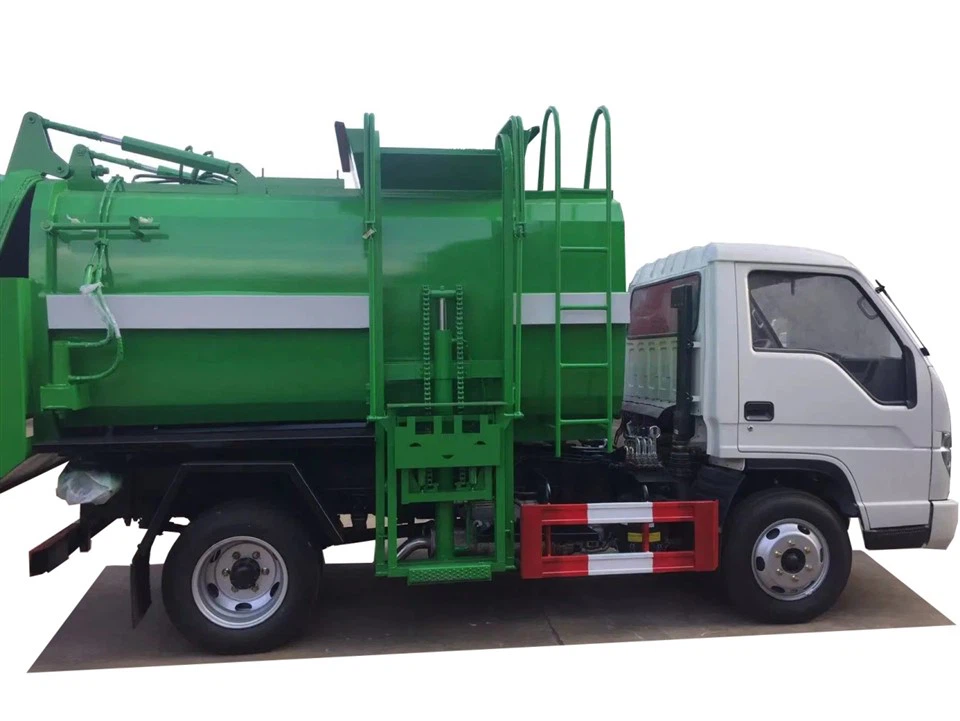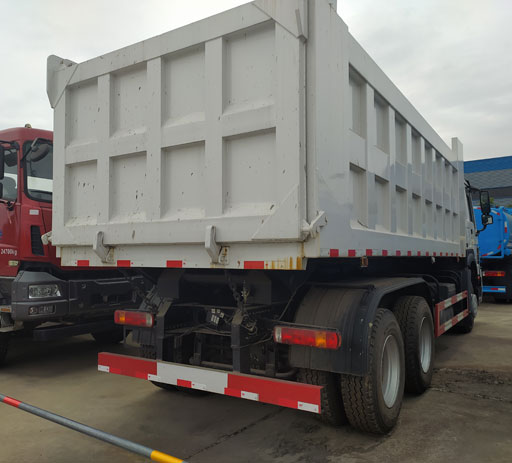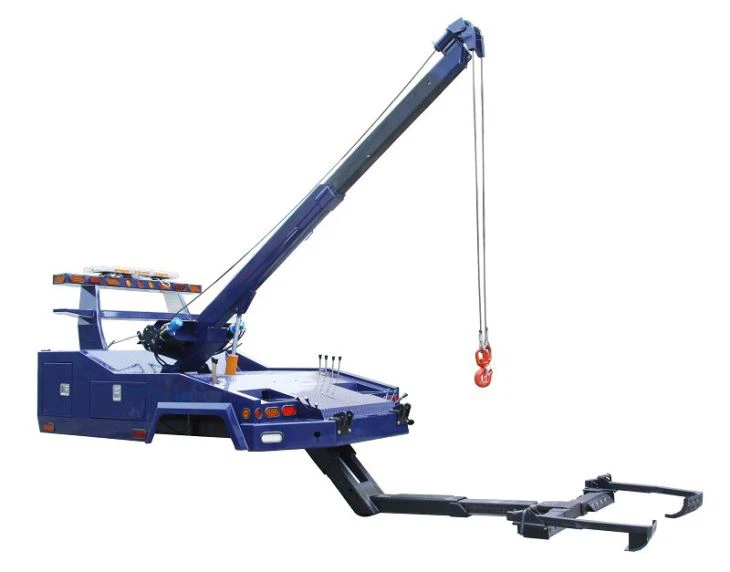Pesticide Truck: A Complete Guide to Safe and Efficient Pesticide Application

Introduction
Pesticide trucks are integral to modern agriculture and pest management. They facilitate the application of pesticides over large areas quickly and efficiently, ensuring that crops remain healthy and yields remain high. However, understanding the operation and management of pesticide trucks is crucial for safety, compliance, and effectiveness. This article explores everything you need to know about pesticide trucks, from types and uses to safety protocols, regulations, and maintenance tips. By the end of this guide, you will have a comprehensive understanding of how to optimize the use of pesticide trucks while safeguarding human health and the environment.
1. What is a Pesticide Truck?
A pesticide truck is a specialized vehicle designed to transport and apply pesticides to agricultural fields, commercial properties, or residential areas. These trucks are equipped with tanks, pumps, and spraying equipment to deliver targeted treatment effectively. They play a vital role in pest control, weed management, and disease control, helping farmers and landowners maintain healthy plants and crops.
1.1 Types of Pesticide Trucks
- Spray Trucks: Equipped with large spray tanks and nozzles for applying liquid pesticides.
- Granular Application Trucks: These trucks spread granular pesticides across fields.
- Fumigation Trucks: Designed for the application of gaseous pesticides, particularly for soil treatment.
2. The Importance of Pesticide Trucks in Agriculture
Pesticide trucks play a crucial role in agriculture for various reasons, including the following:
2.1 Enhanced Efficiency
The use of pesticide trucks allows for quick and widespread application of chemicals across large areas, significantly reducing labor time and effort.
2.2 Targeted Treatment
Modern technology in pesticide trucks enables precise application, minimizing waste and reducing risks to non-target organisms.
2.3 Integrated Pest Management
Pesticide trucks support integrated pest management (IPM) strategies by allowing timely treatments that correspond to pest life cycles.
3. Choosing the Right Pesticide Truck
Selecting the appropriate pesticide truck requires consideration of multiple factors.
3.1 Size and Capacity
The truck’s size should match the area needing treatment and the amount of pesticide required. Large farms may necessitate trucks with higher capacity tanks.
3.2 Type of Pesticide Application
Determine whether you need a spray truck, granular application truck, or fumigation truck based on the pest management approach.
3.3 Budget Considerations
Consider the cost of purchasing or leasing the truck, as well as operational expenses such as fuel, maintenance, and insurance.
Table 1: Comparison of Different Pesticide Trucks
| Type of Truck | Capacity | Application Type | Cost Range |
|---|---|---|---|
| Spray Truck | 500-2,000 gallons | Liquid Spraying | $30,000 – $150,000 |
| Granular Application Truck | 1,000-4,000 lbs | Granular Spreading | $25,000 – $100,000 |
| Fumigation Truck | Varies | Gas Treatment | $35,000 – $200,000 |
4. Regulations and Compliance
Using a pesticide truck requires adherence to state and federal regulations to ensure safety and environmental protection.
4.1 Licensing and Certification
Operators must be properly licensed and certified to handle and apply pesticides. Each state has specific training programs for pesticide applicators.
4.2 Label Compliance
All pesticides must be applied according to the labels, which include dosage, application techniques, and safety precautions.

4.3 Record Keeping
Maintaining detailed records of pesticide applications is essential for compliance and safety audits. This includes the type and quantity used and the areas treated.
5. Safety Protocols for Pesticide Application
Ensuring the safety of yourself, others, and the environment during pesticide application is paramount.
5.1 Personal Protective Equipment (PPE)
Appropriate PPE should always be worn, including gloves, masks, goggles, and long-sleeved clothing, to minimize exposure to harmful chemicals.
5.2 Pre-Application Safety Checks
Inspect the truck and equipment before each use. Check for leaks in tanks and hoses, and ensure that all spraying devices are functioning correctly.
5.3 Post-Application Cleanup
After application, clean tanks and equipment to prevent contamination and ensure safe storage of pesticides in accordance with label instructions.
6. Maintenance of Pesticide Trucks
Regular maintenance is critical to ensuring the longevity and reliability of pesticide trucks.
6.1 Routine Inspections
Schedule regular inspections to identify potential issues before they become major problems, focusing on the engine, tires, and spraying apparatus.
6.2 Fluid Levels and Engine Care
Regularly check and change engine oil, fuel filters, and coolant levels to ensure optimal performance without mechanical failures.
6.3 Equipment Calibration
Calibrate spraying equipment periodically to ensure accurate application rates and adherence to application guidelines.

7. Practical Tips for Efficient Pesticide Truck Operation
Improving the efficiency of pesticide truck operations can lead to better pest control and cost savings.
7.1 GPS Technology
Implement GPS systems for accurate mapping and tracking of application routes, minimizing overlap and ensuring thorough coverage.
7.2 Timing Applications
Apply pesticides during optimal weather conditions, such as low wind and moderate temperatures, to maximize effectiveness and minimize drift.
7.3 Employee Training
Invest in ongoing training for all employees involved in pesticide application to keep them informed about best practices and new regulations.
8. Common Problems Associated with Pesticide Trucks
8.1 Equipment Malfunctions
Pesticide trucks may face mechanical failures, which can impact application efficiency. Regular maintenance can help mitigate these risks.
8.2 Environmental Concerns
Improper application can lead to pesticide runoff and contamination. Following safety protocols and making informed decisions about application timing and methods can reduce these risks.
8.3 Human Health Risks
Exposure to pesticides can affect human health. Implementing safety measures and training can minimize these risks significantly.
9. Future of Pesticide Trucks
9.1 Technological Innovations
Advancements in drone technology and automated spraying systems may change the landscape of pesticide application, making it more efficient and safer.
9.2 Sustainable Practices
There is a growing movement toward sustainable agricultural practices. Pesticide trucks may increasingly utilize organic or less toxic products as demand for safe food rises.
9.3 Integration with Digital Tools
As agriculture moves towards digitization, pesticide trucks may begin integrating with farm management software for improved scheduling and application tracking.
FAQ Section
1. What types of pesticides can be delivered via a pesticide truck?
Pesticide trucks can deliver various types of pesticides, including herbicides, insecticides, fungicides, and nematicides.
2. Are there specific regulations for pesticide trucks in my state?
Yes, each state has its regulations regarding pesticide application, which includes licensing, application rates, and safety protocols. Always check your state’s guidelines.

3. How do I maintain my pesticide truck for safe operation?
Regular maintenance includes conducting inspections, changing fluids, calibrating spraying equipment, and ensuring proper cleaning after each use.
4. What personal protective equipment (PPE) should I wear when using a pesticide truck?
Always wear gloves, masks, goggles, and long-sleeved clothing to reduce exposure to pesticides during application.
5. How often should I calibrate my spraying equipment?
Spraying equipment should be calibrated at least once a season or whenever a new pesticide is used to ensure accurate application rates.
6. What should I do if I encounter a pesticide spill during application?
Follow your emergency spill response plan, which should include containing the spill, notifying relevant authorities, and cleaning up appropriately while wearing PPE.
